Teachers need help teaching letters to young kids. Kids get bored easy and need fun ways to learn. Printable alphabet worksheets can make learning fun for them. Now, we must find good, engaging worksheets for these little learners.
We design printable alphabet worksheets for kindergarten to make learning fun. With colorful pictures and simple exercises for letter recognition and writing practice. This helps kids get familiar with the alphabet in an engaging way. Keeps learning interesting and effective for young minds.
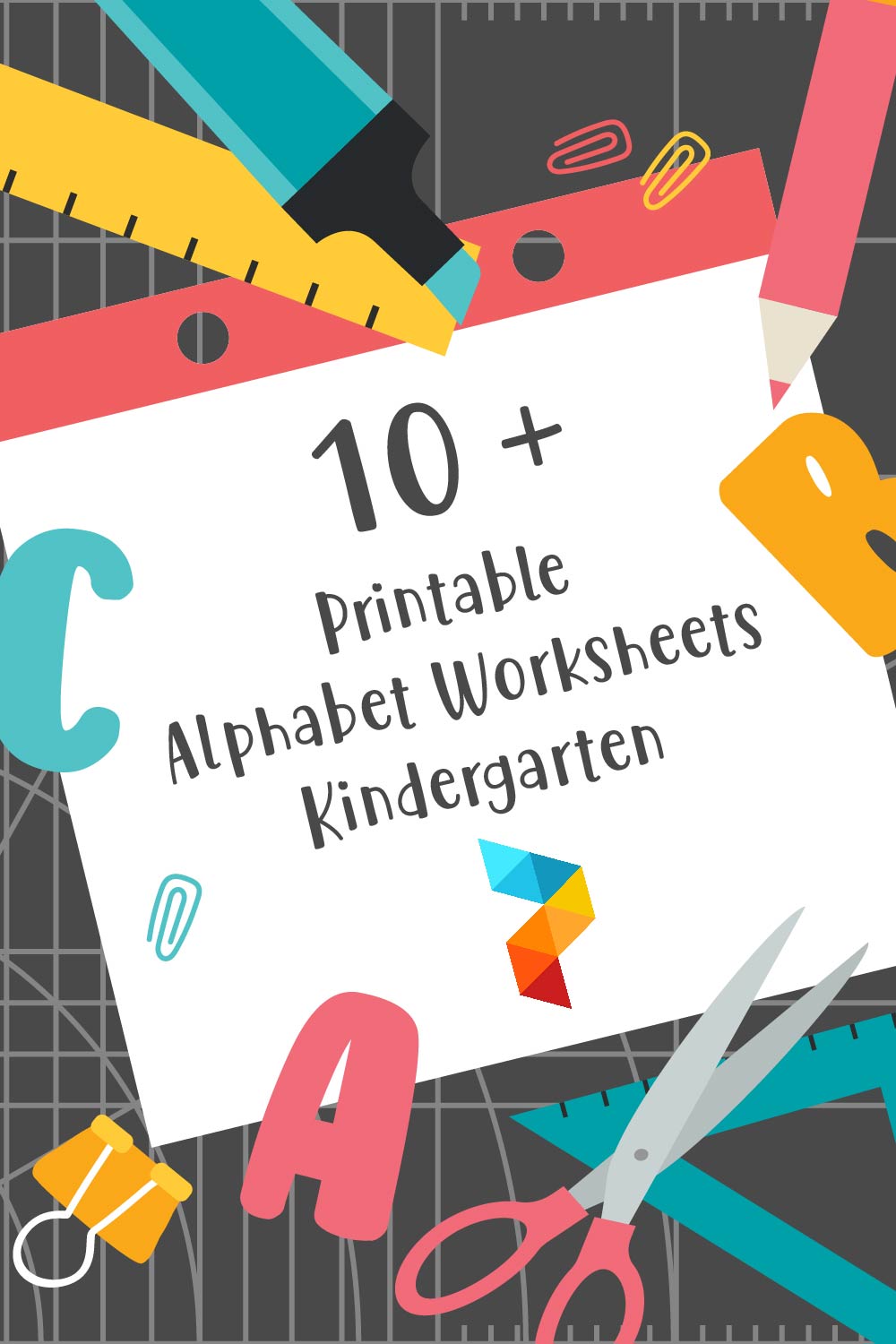
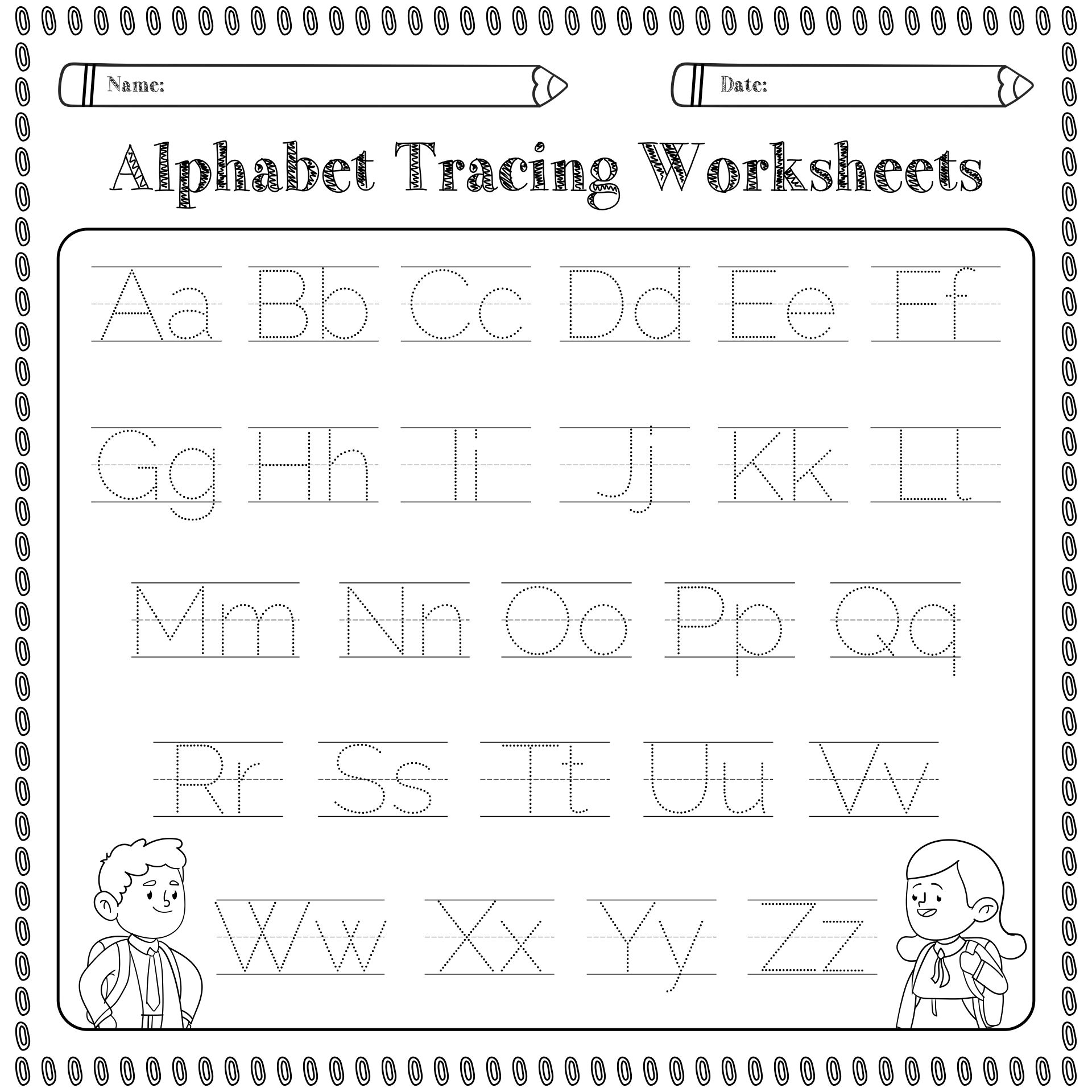
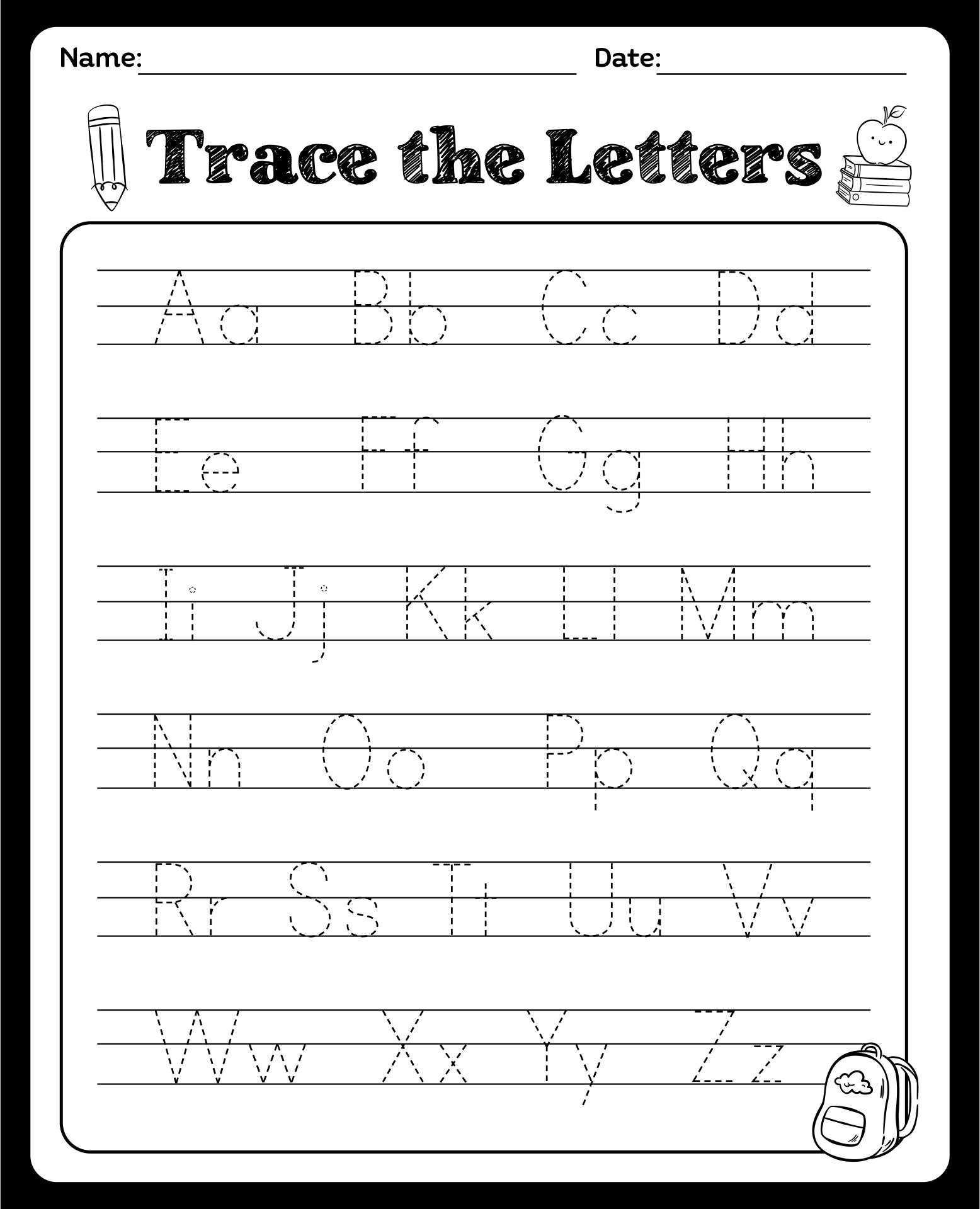
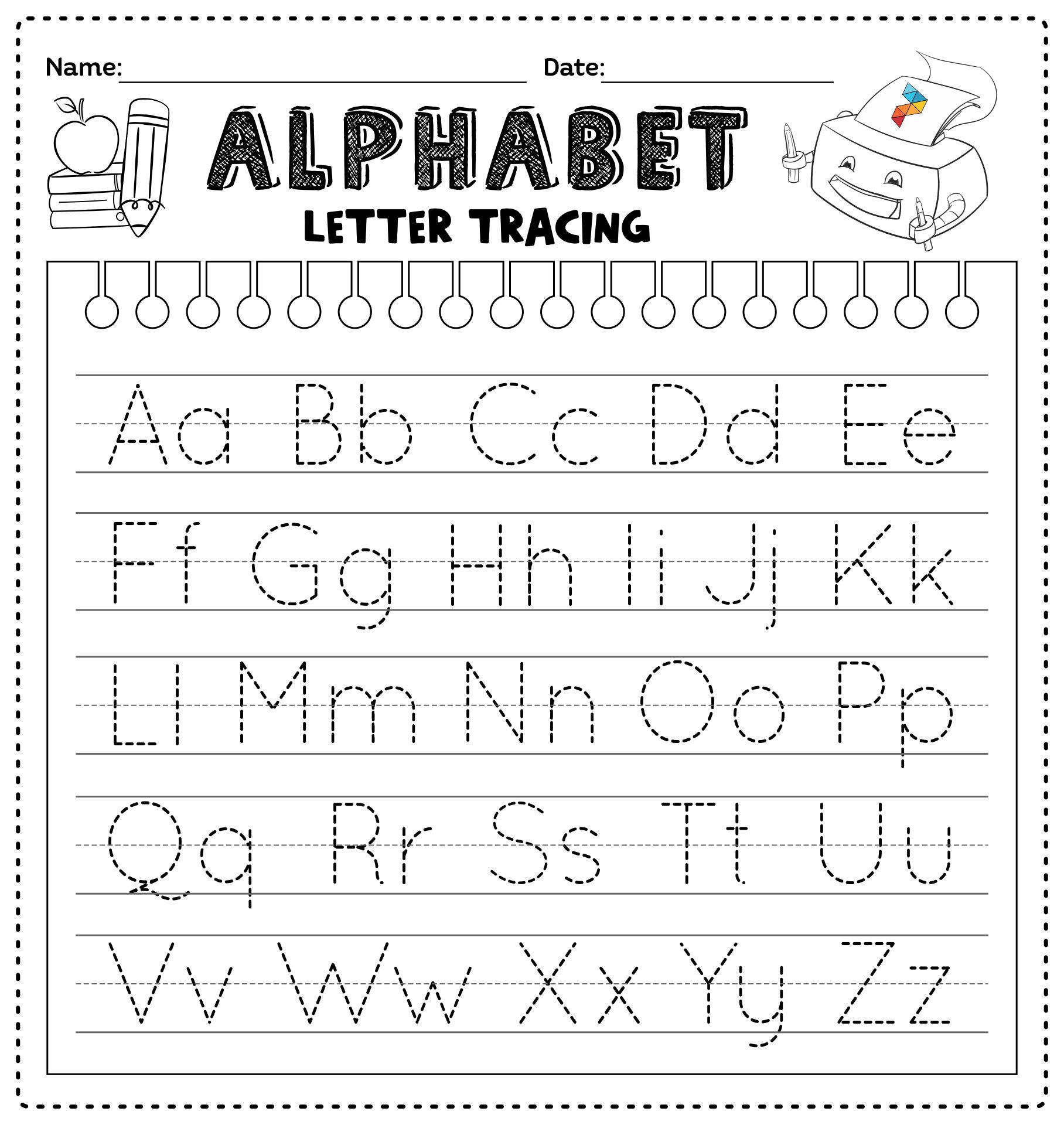
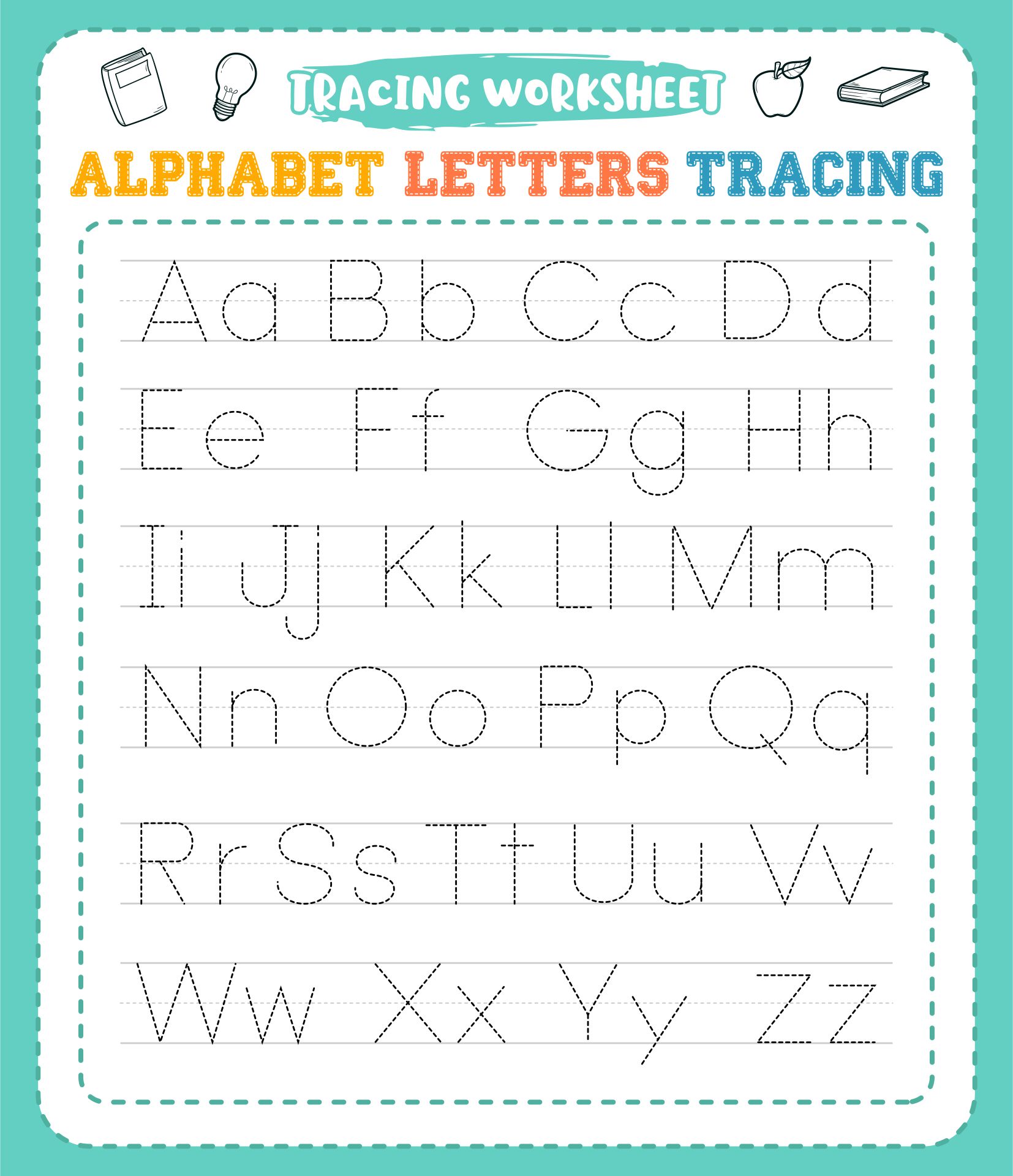
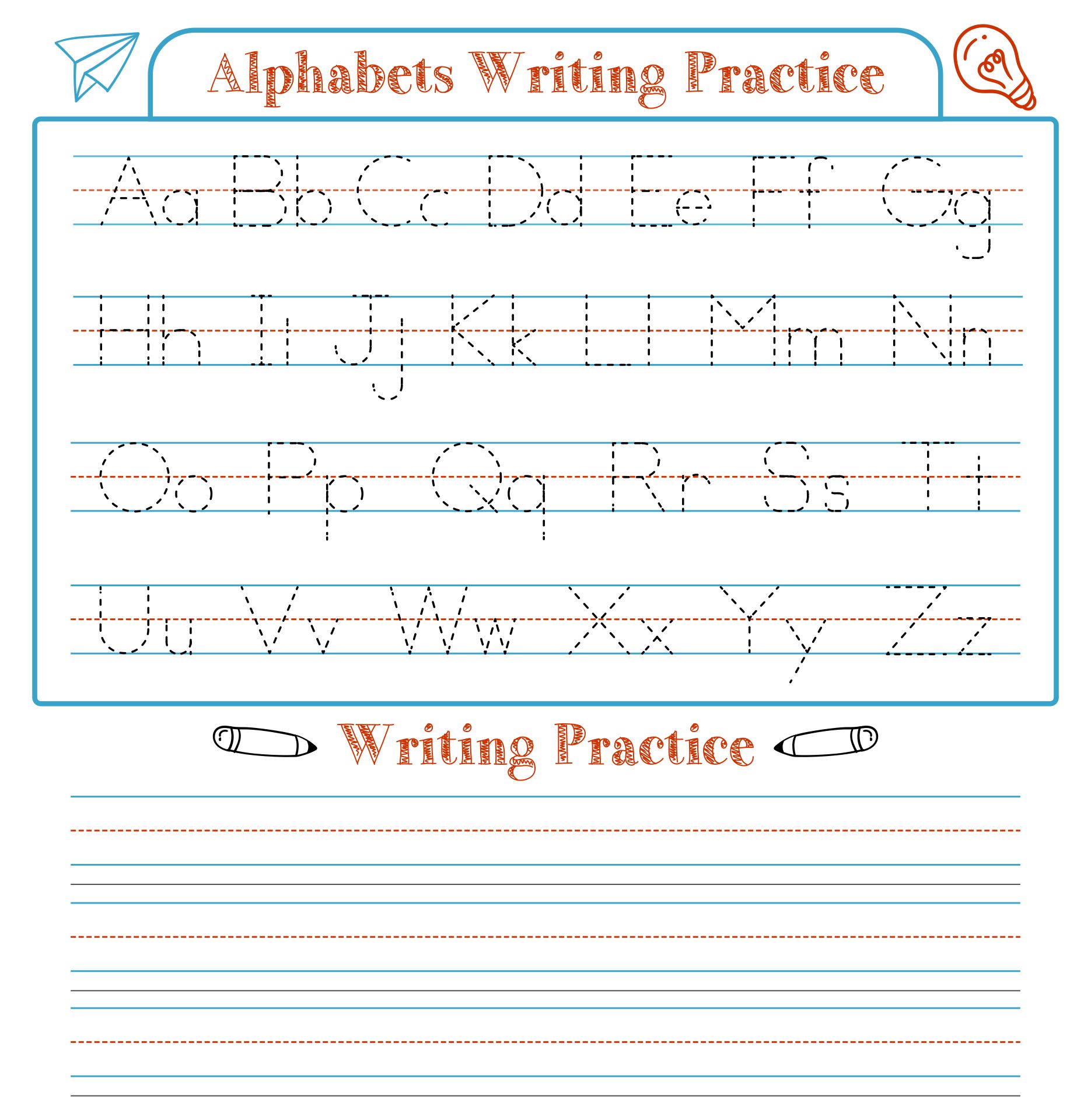
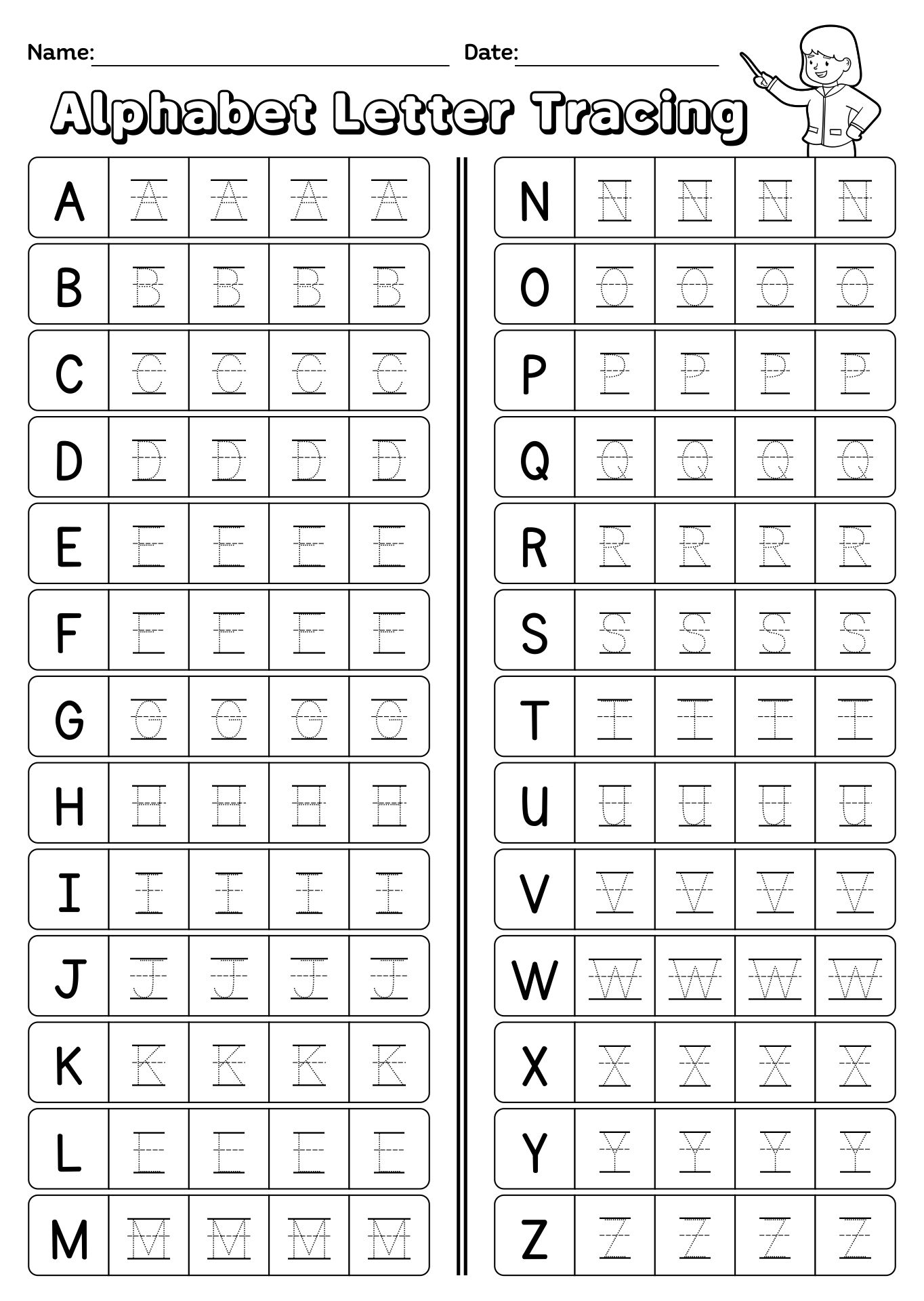
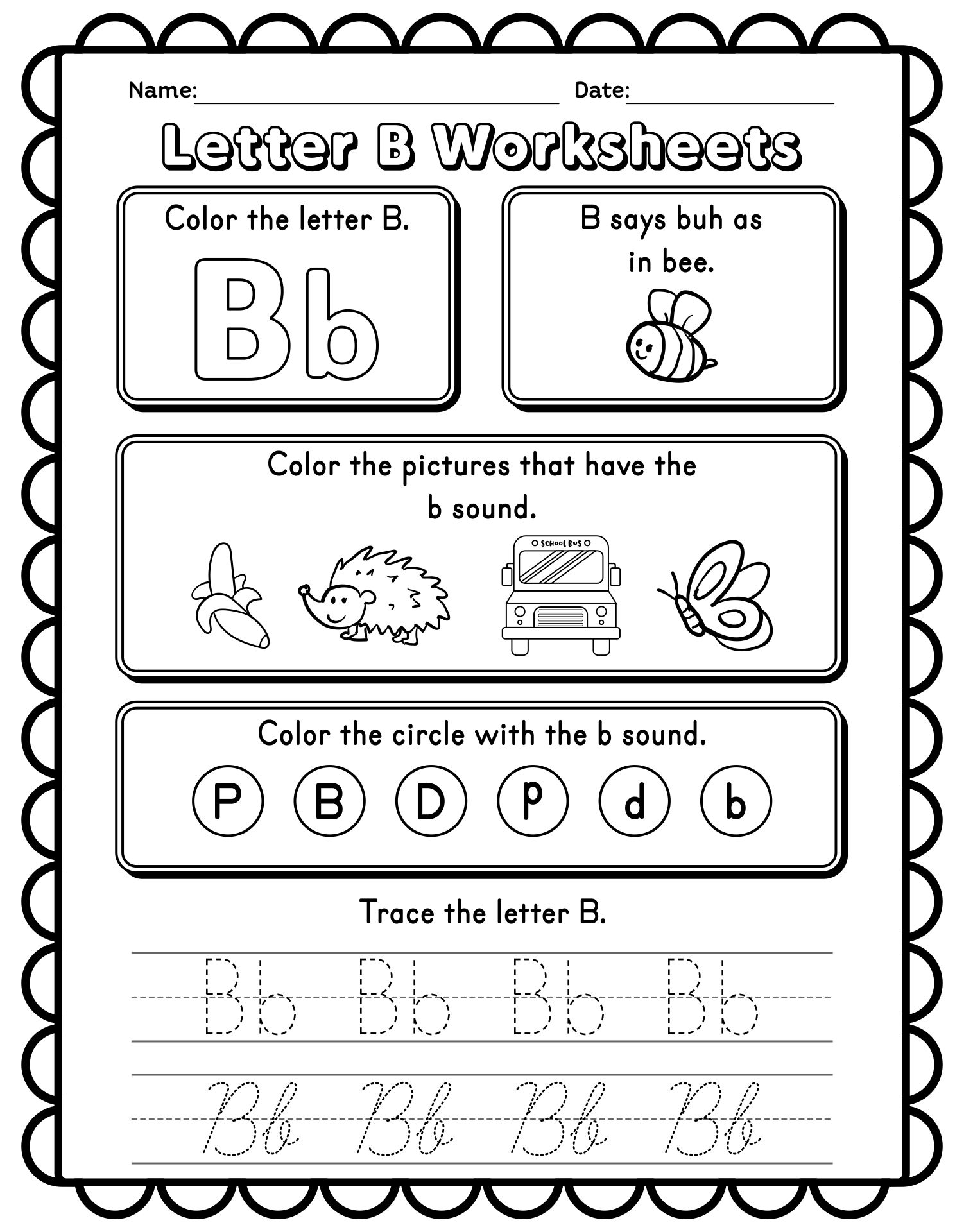
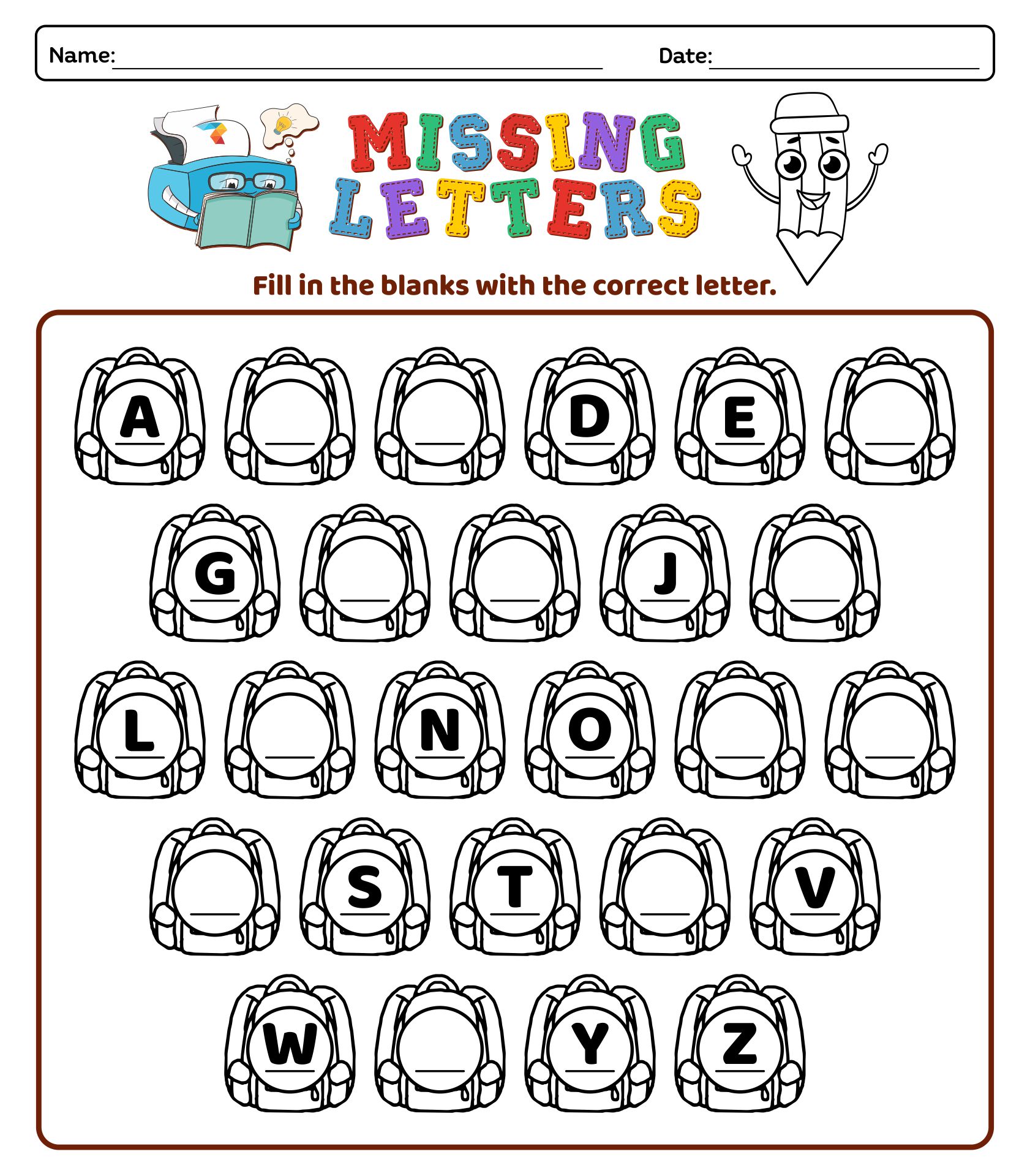
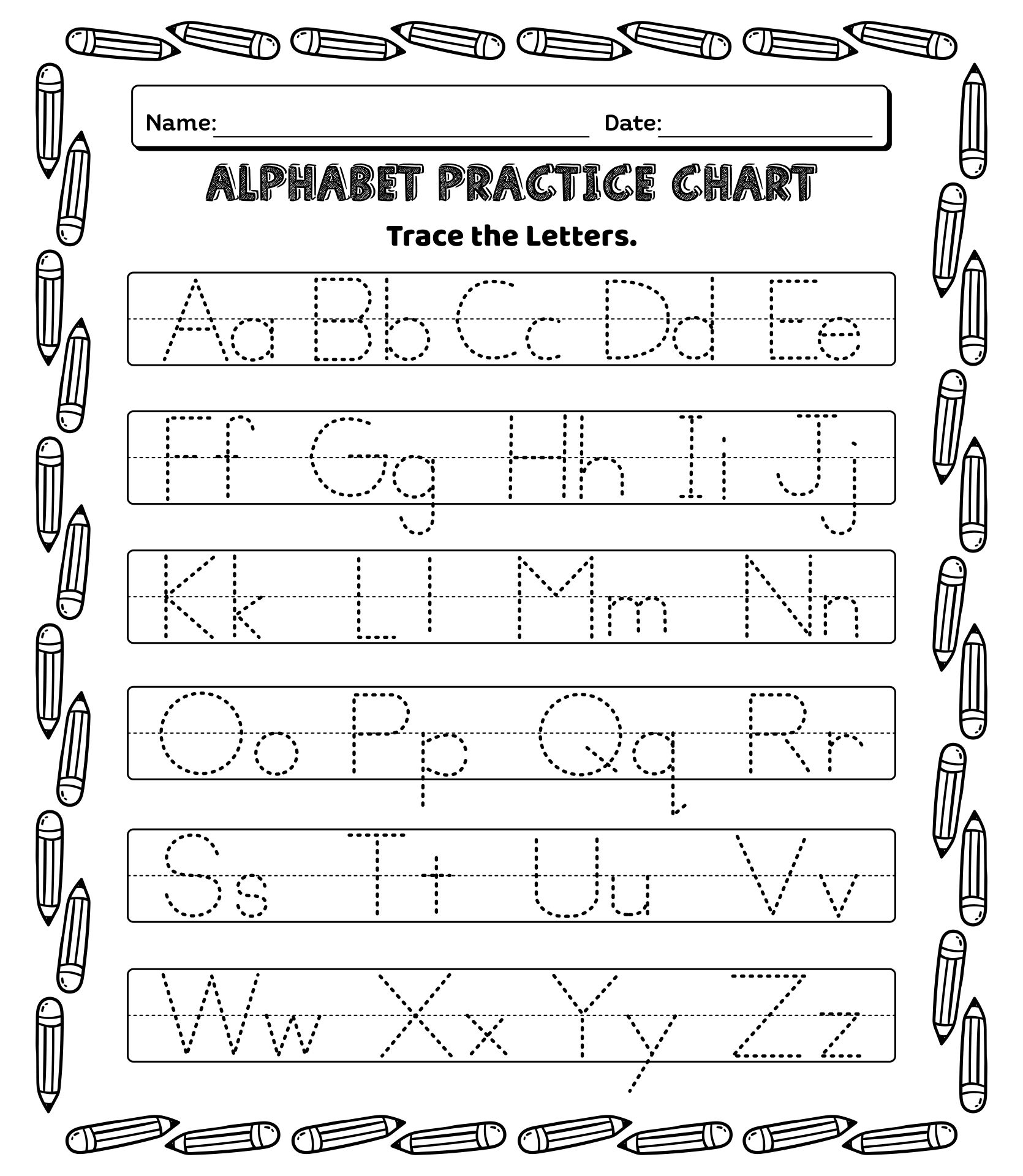
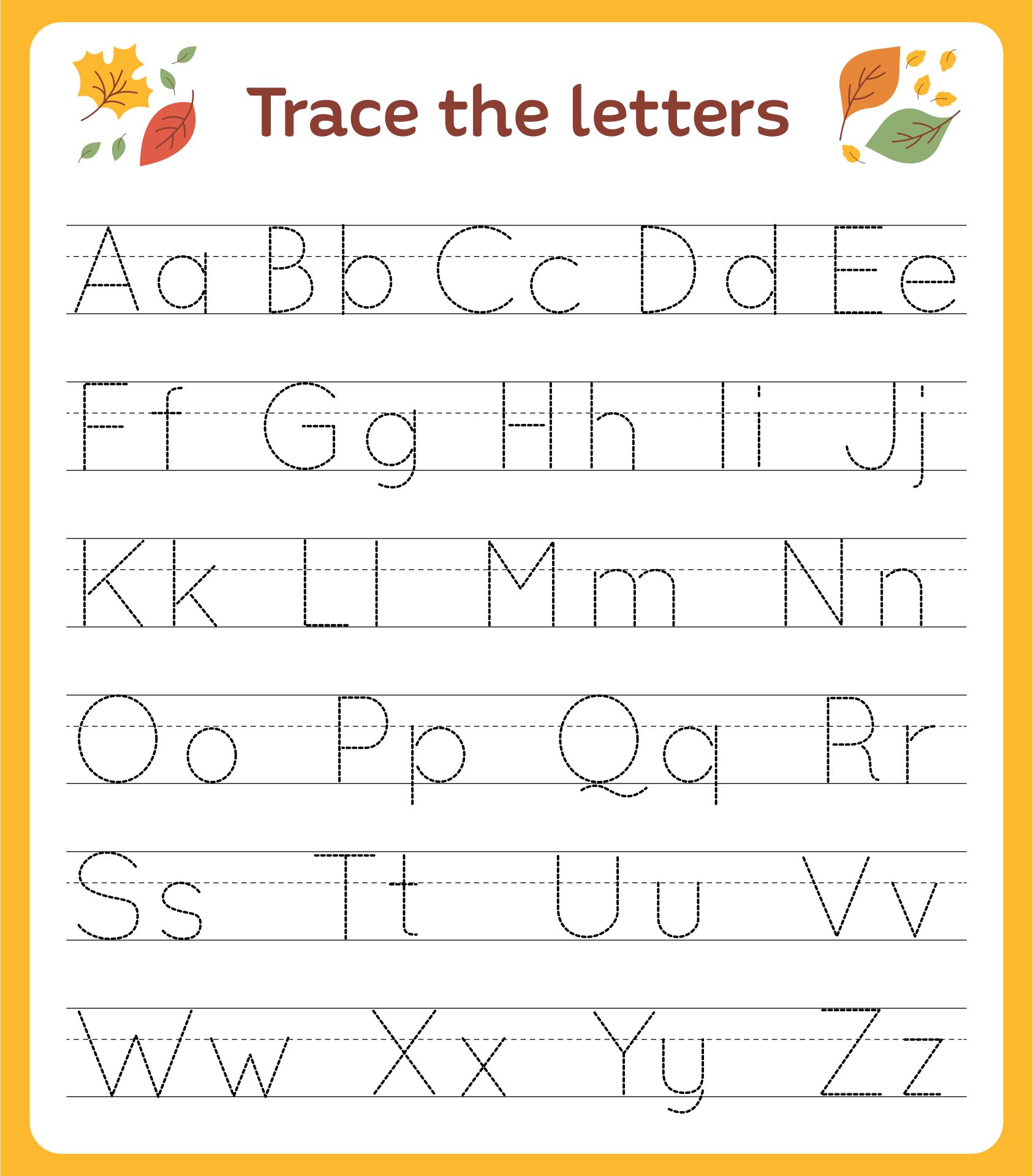
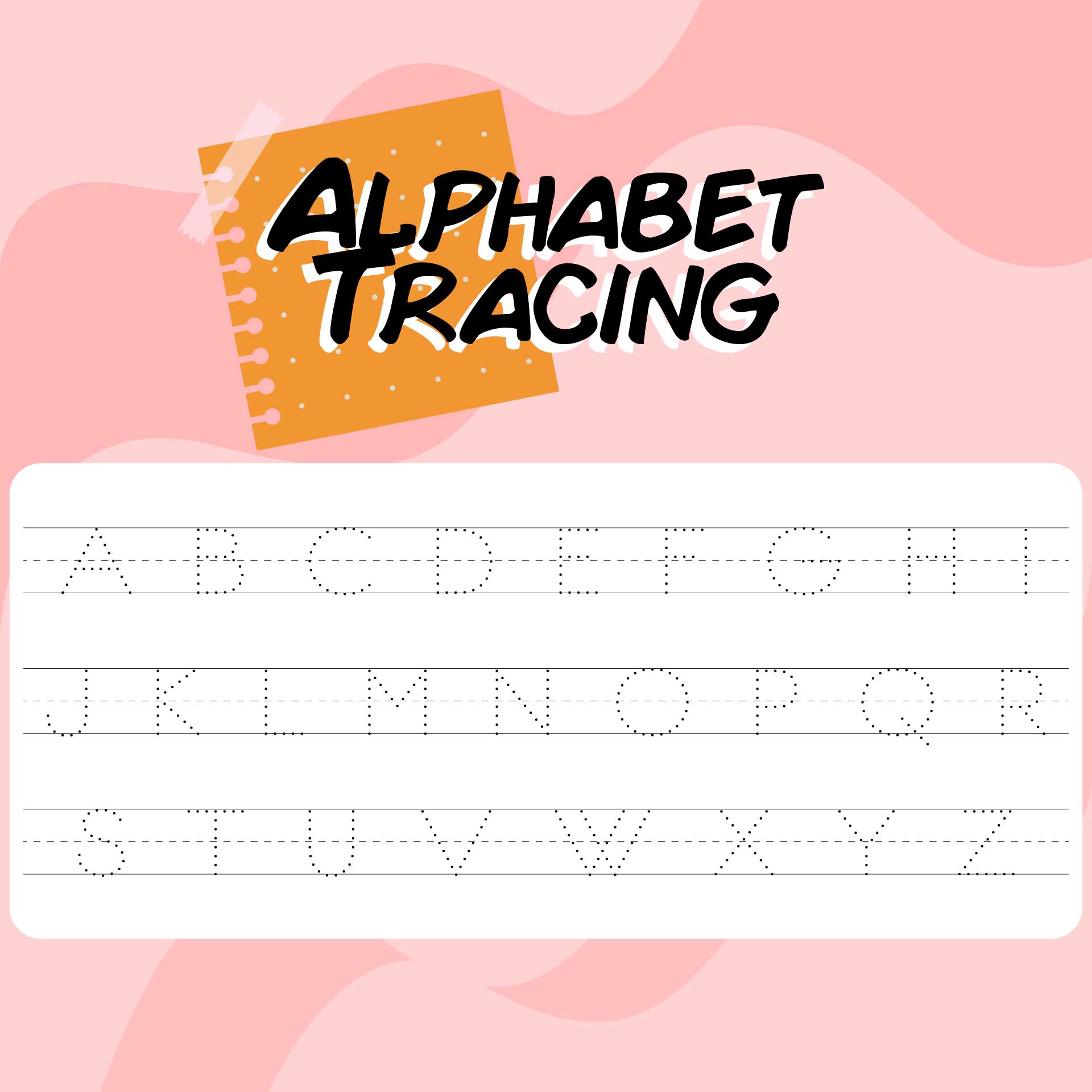
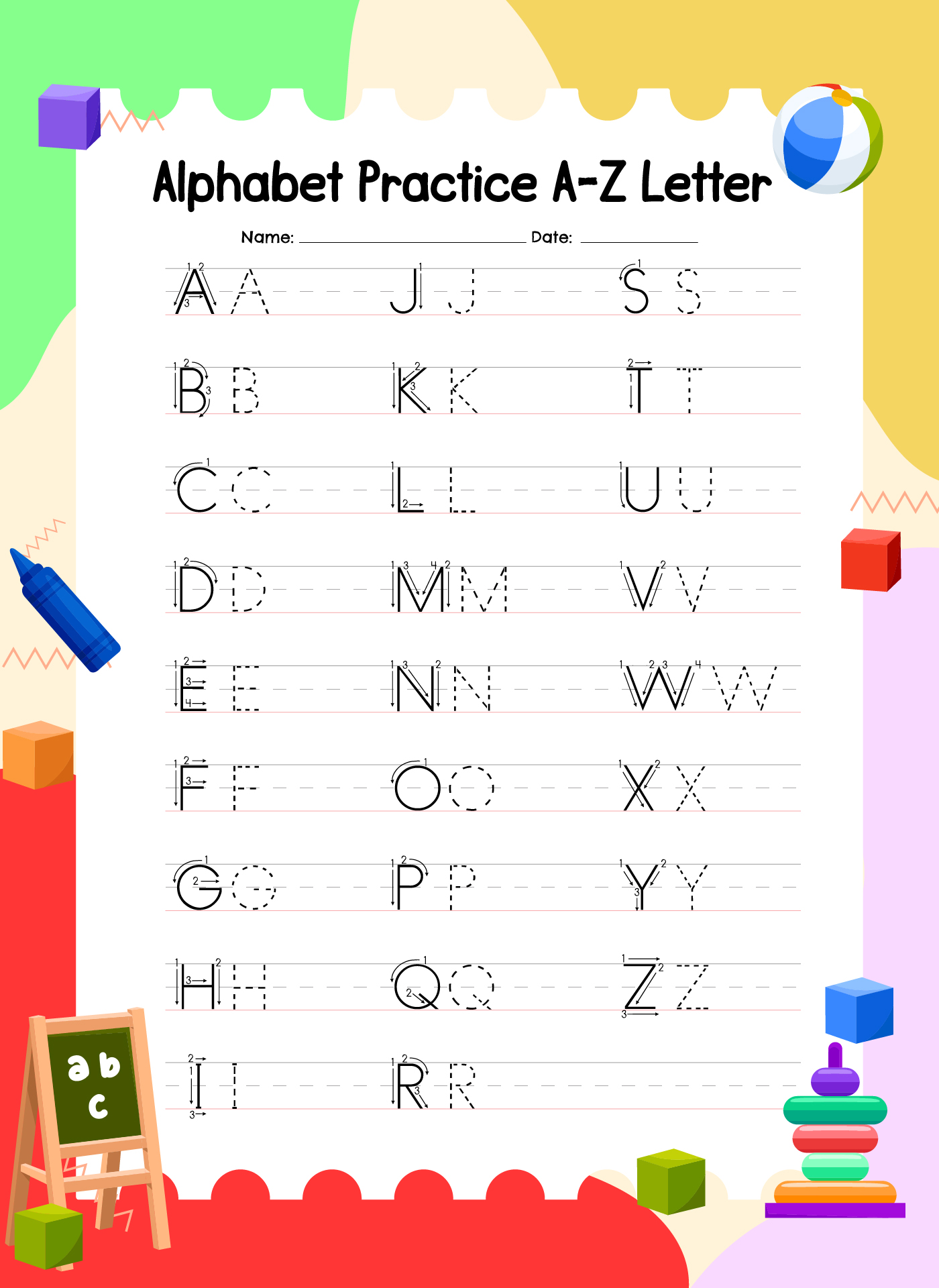
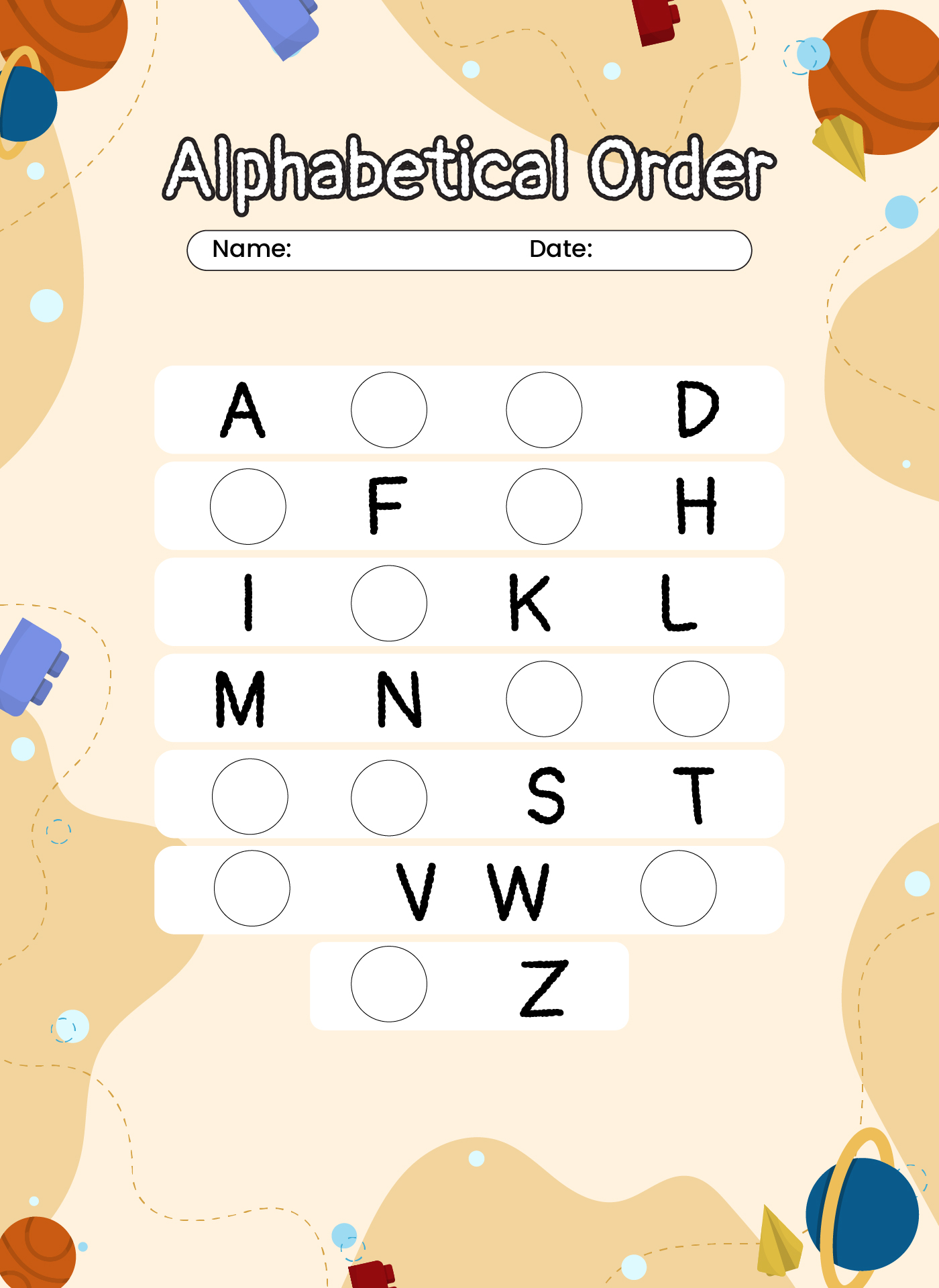
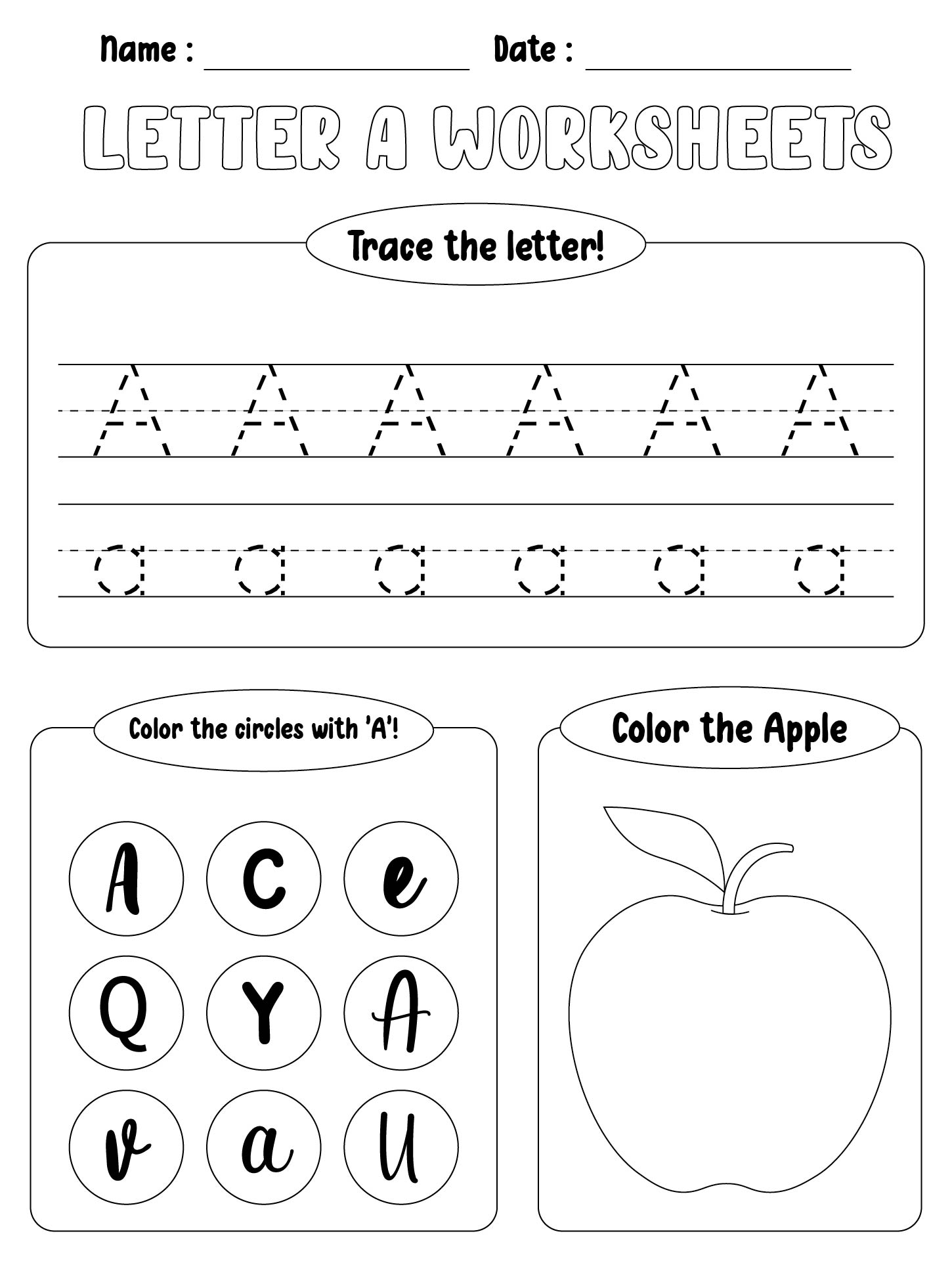
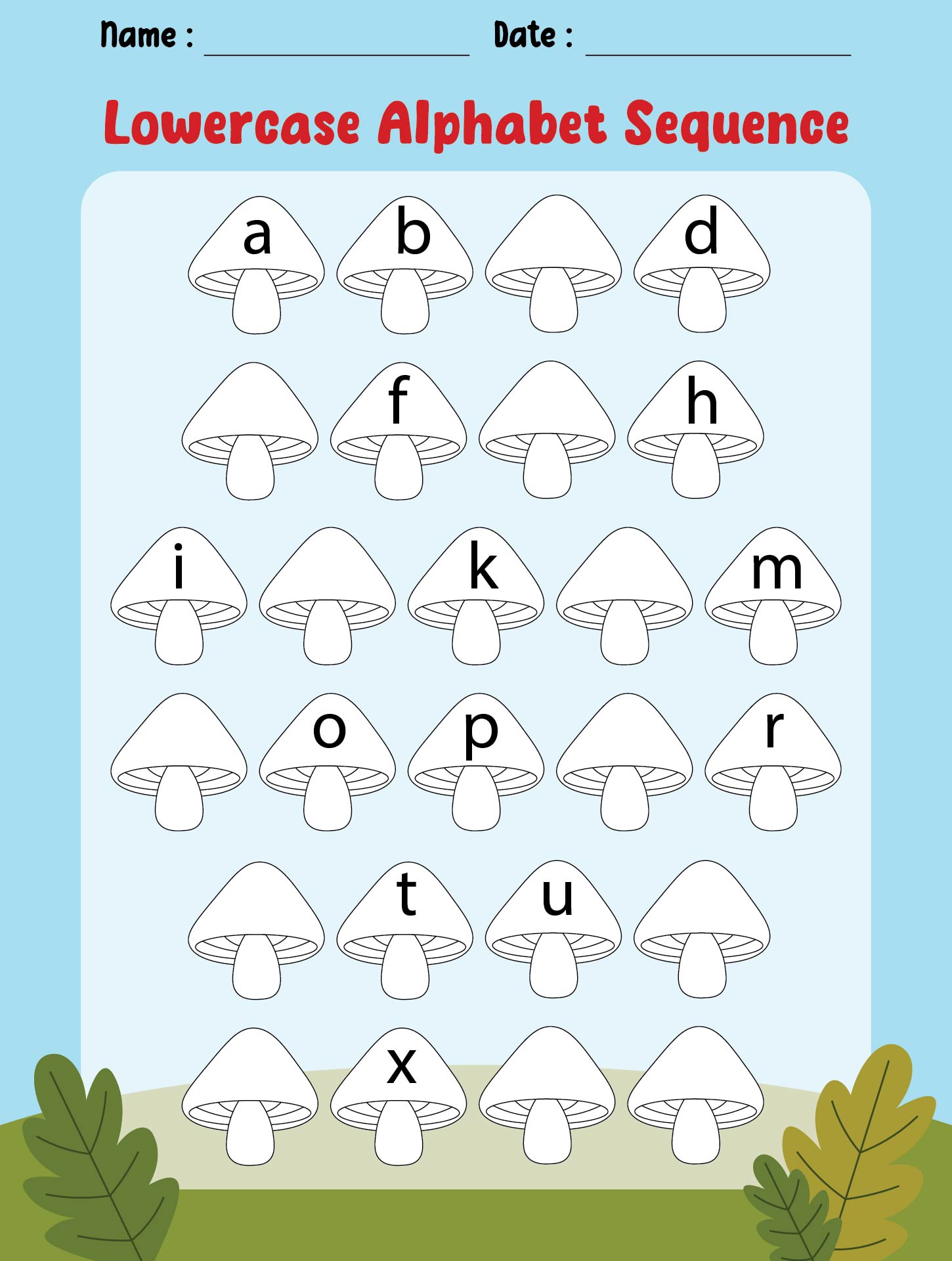
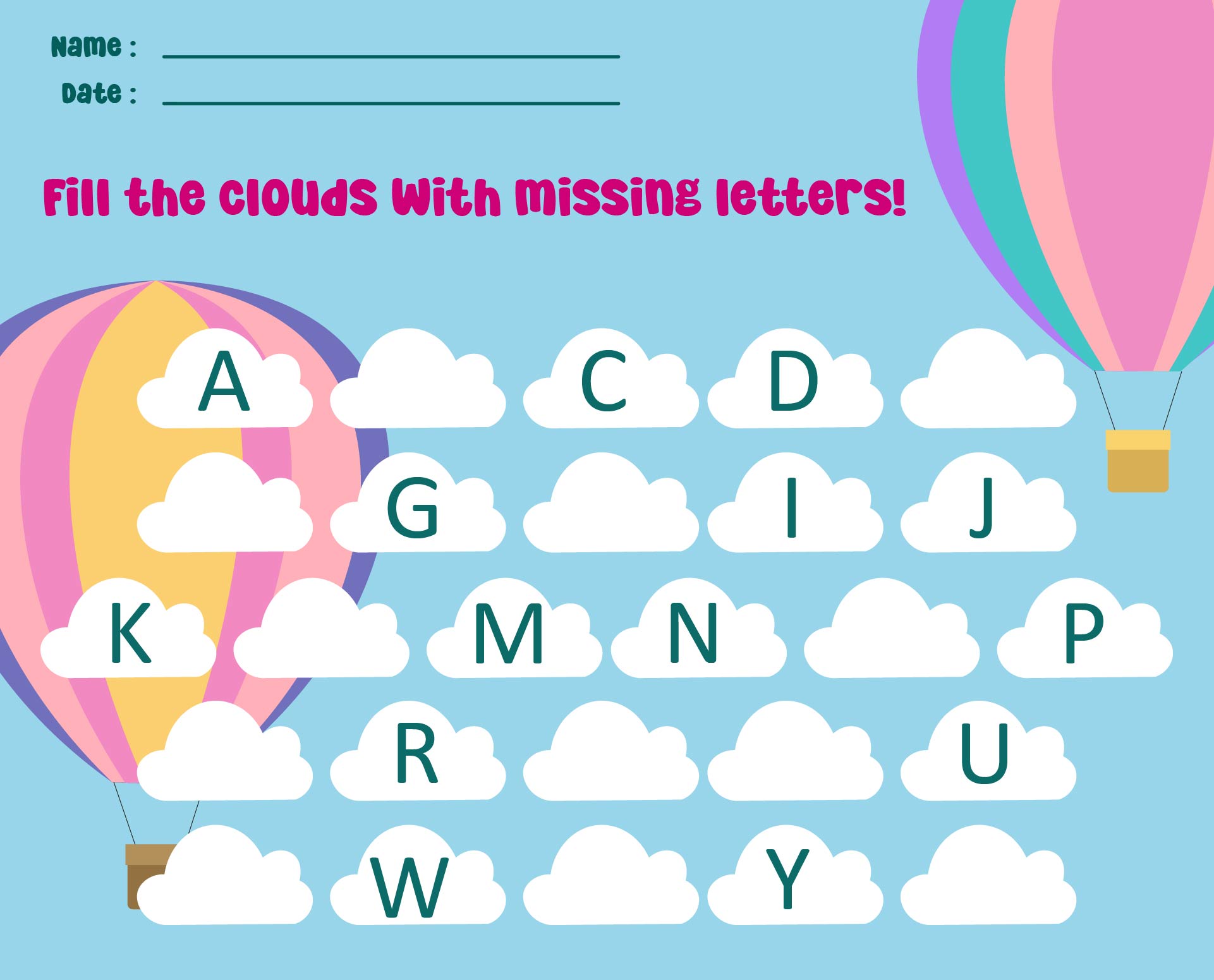
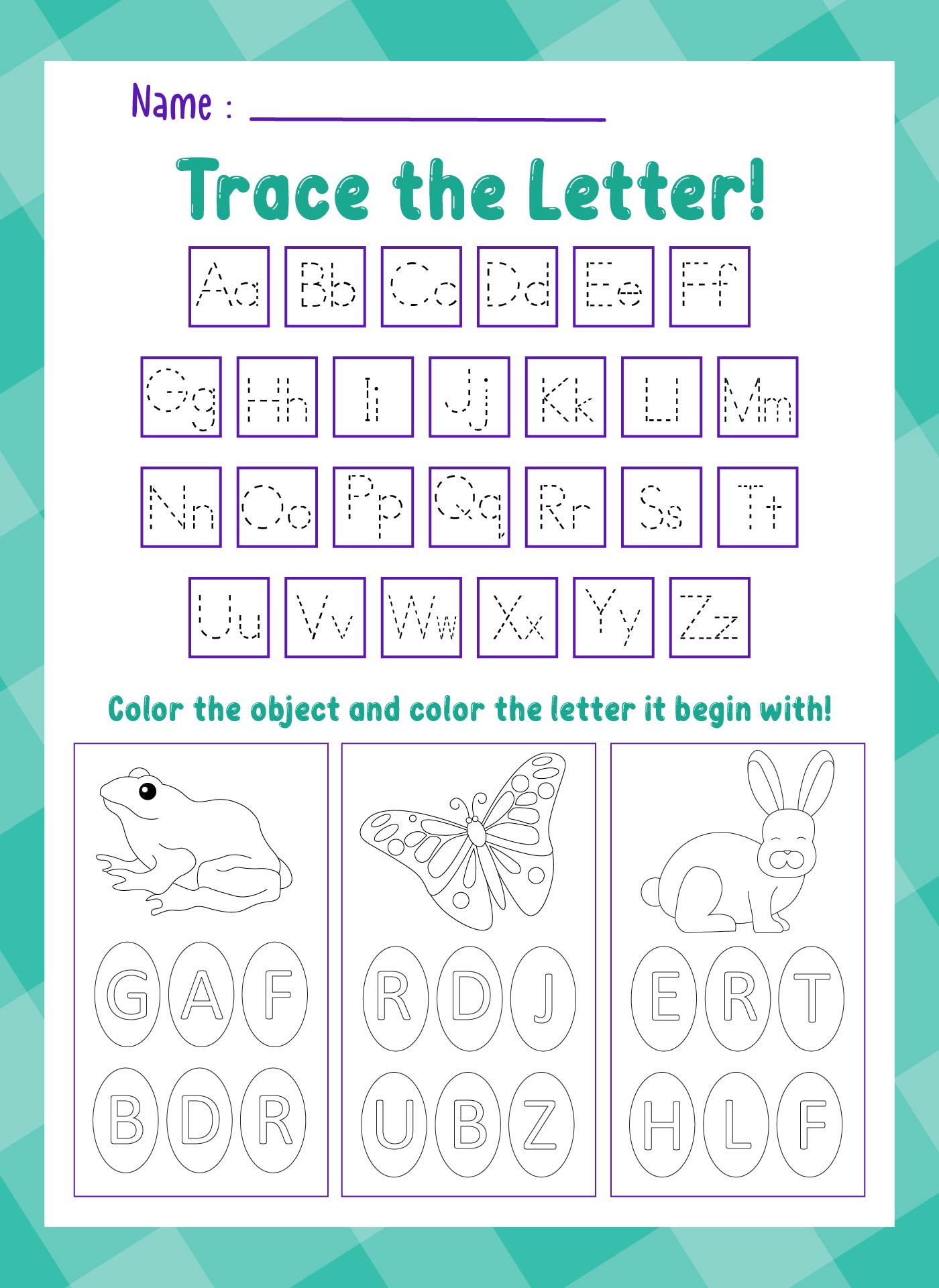
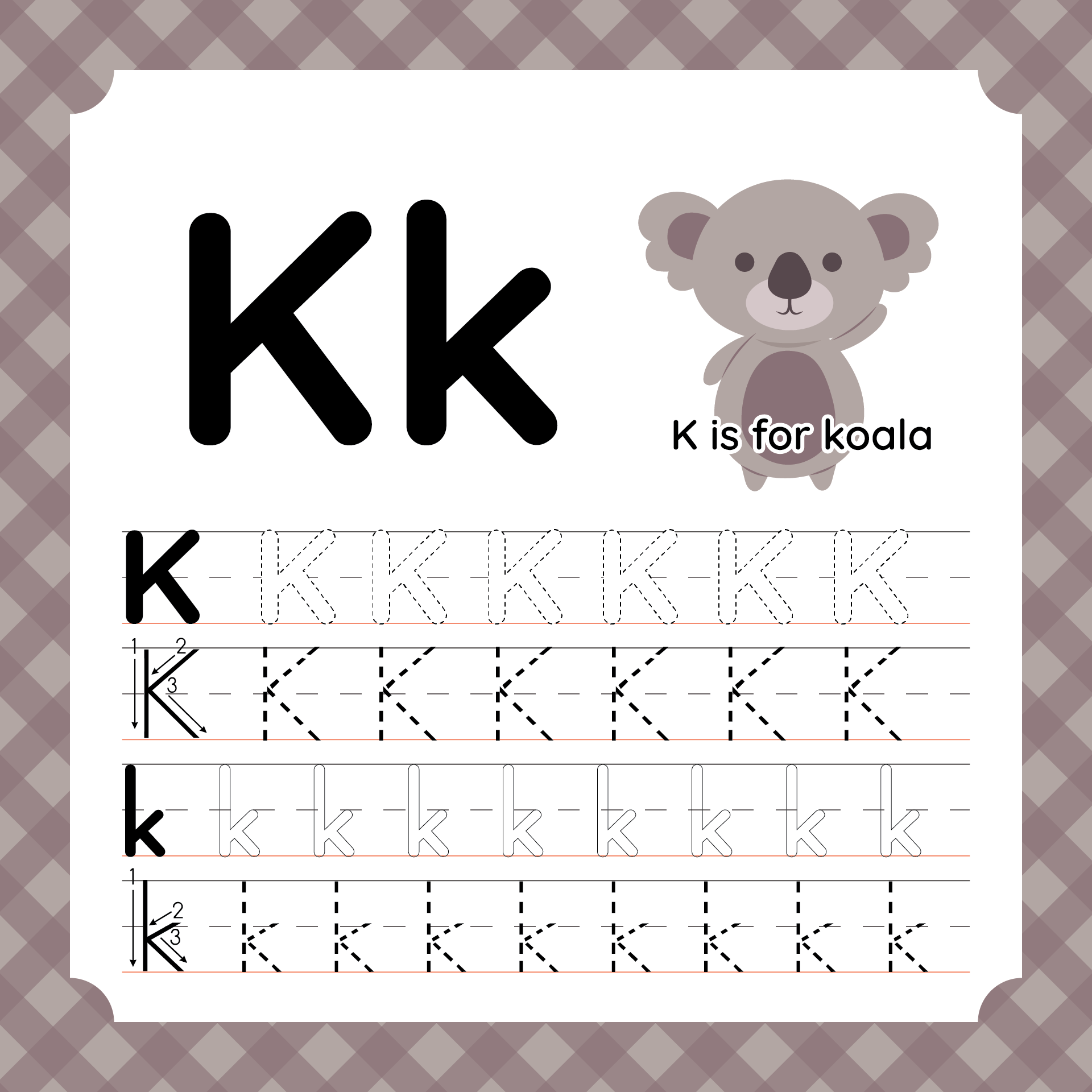
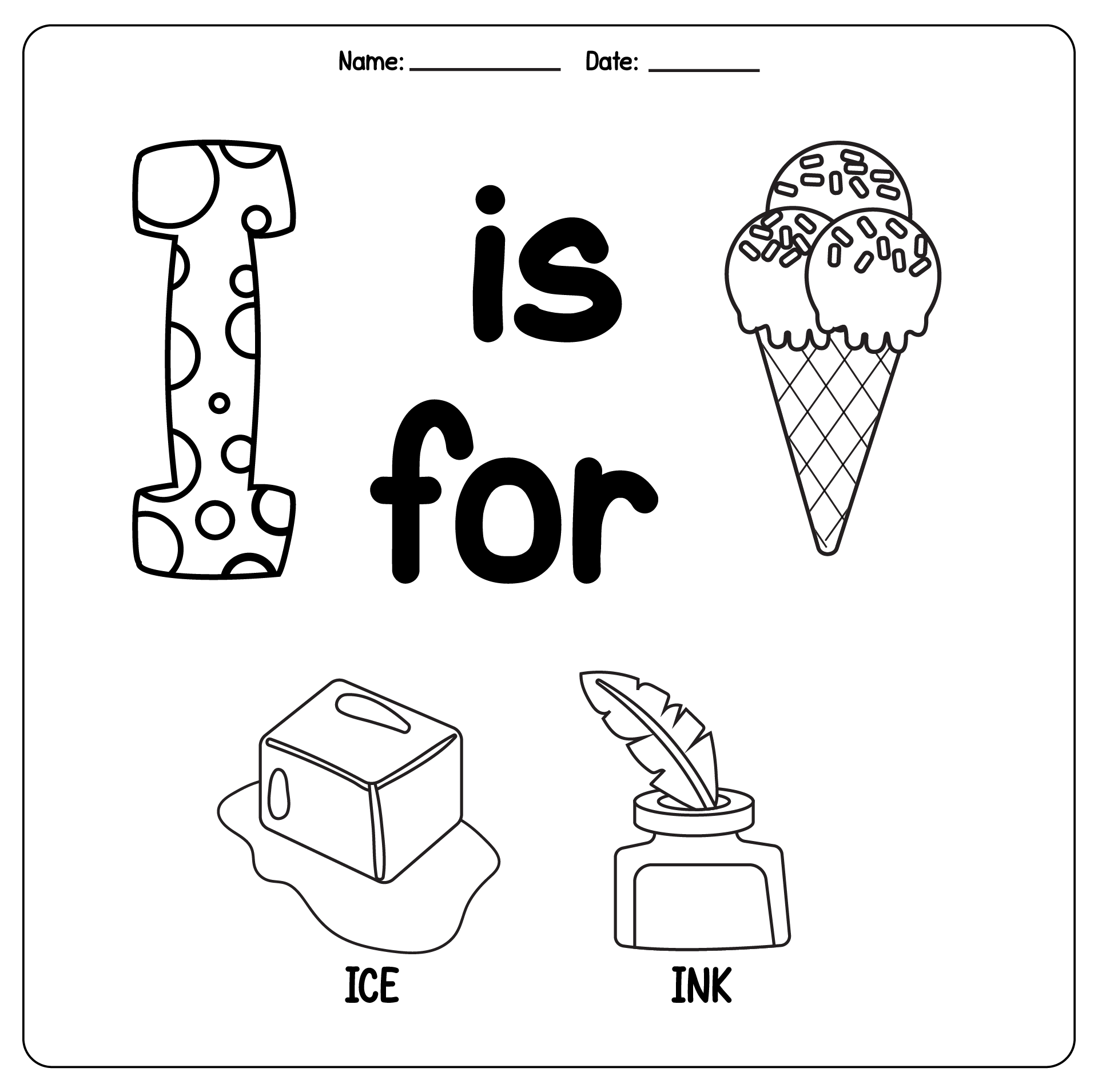
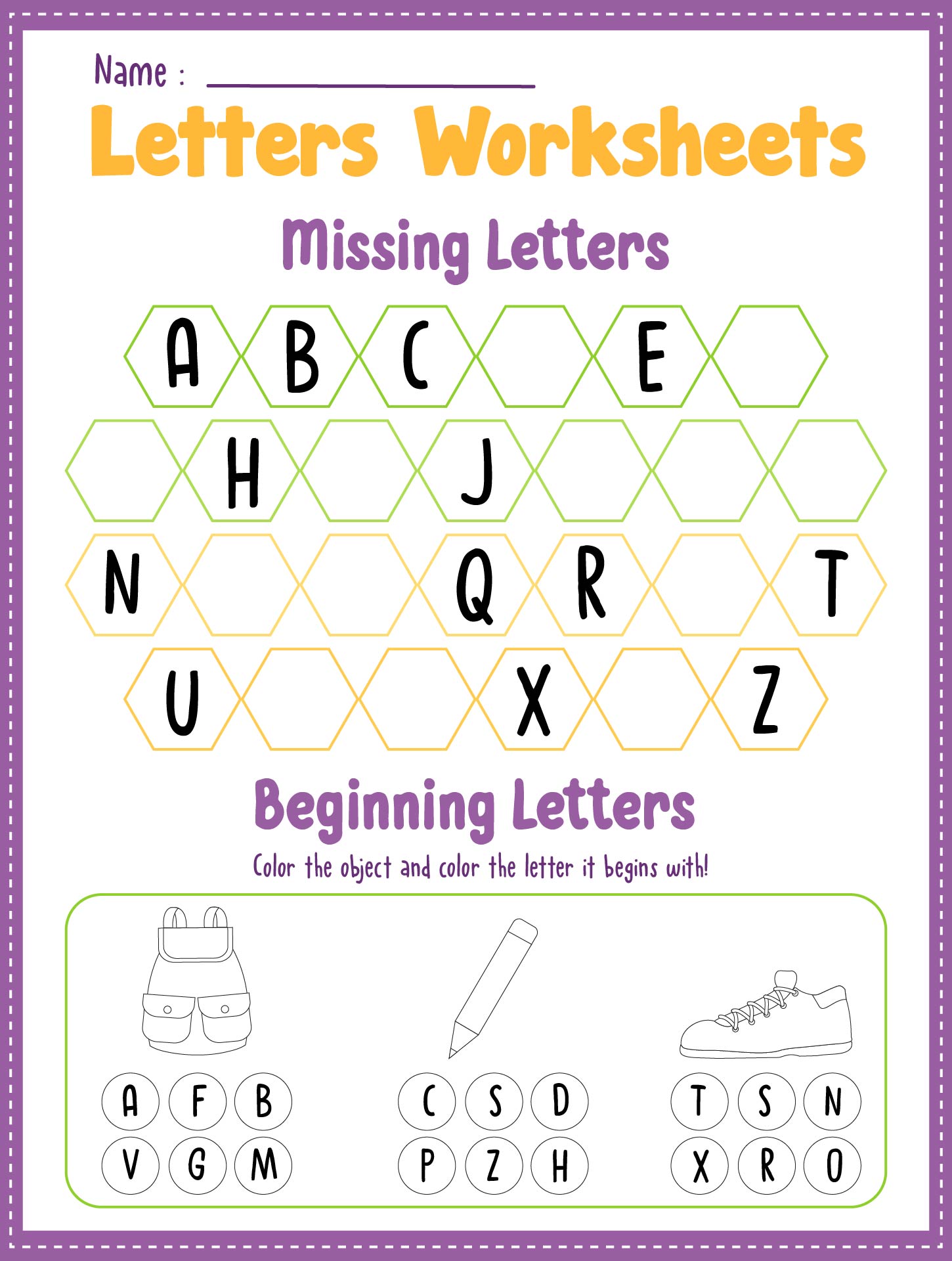
Alphabet worksheets are important for kindergarten because they play a crucial role in early literacy development. Here are several reasons why alphabet worksheets are beneficial for kindergartners:
Alphabet worksheets help children recognize and identify individual letters of the alphabet. They provide visual representations of letters in both uppercase and lowercase forms, allowing children to become familiar with the shapes and forms of each letter.
Kindergarten is a critical stage for learning letter-sound relationships. Alphabet worksheets often include exercises that associate letters with their corresponding sounds. This helps children understand the fundamental connection between letters and the sounds they represent, laying the foundation for reading and writing.
Completing alphabet worksheets involves activities such as tracing, coloring, and writing. These activities promote the development of fine motor skills, which are essential for tasks like handwriting. As children trace and write letters, they refine their hand-eye coordination, pencil grip, and control over writing tools.
Alphabet worksheets often feature accompanying illustrations or words that begin with the respective letters. This exposure to vocabulary enhances children's word recognition skills and broadens their vocabulary. It also helps them expand their understanding of language.
Alphabet worksheets serve as a stepping stone toward reading and writing proficiency.Through these worksheets, the kindergartners develop the foundational skills necessary for decoding words, recognizing sight words, and eventually reading independently. Additionally, through activities like tracing and writing letters, children begin to build their writing skills and develop the ability to express their thoughts and ideas through written language.
Have something to tell us?
Recent Comments
These free printable alphabet worksheets are a great resource for kindergarteners to learn and practice their ABCs. Thank you for offering this helpful tool!
These free printable alphabet worksheets for kindergarten are a great resource to reinforce learning in a fun way. Thank you for sharing!
I am thrilled to have found these free printable alphabet worksheets for kindergarten! They are a fantastic resource that make learning the alphabet fun and engaging for my little ones. Thank you for providing such a valuable tool!